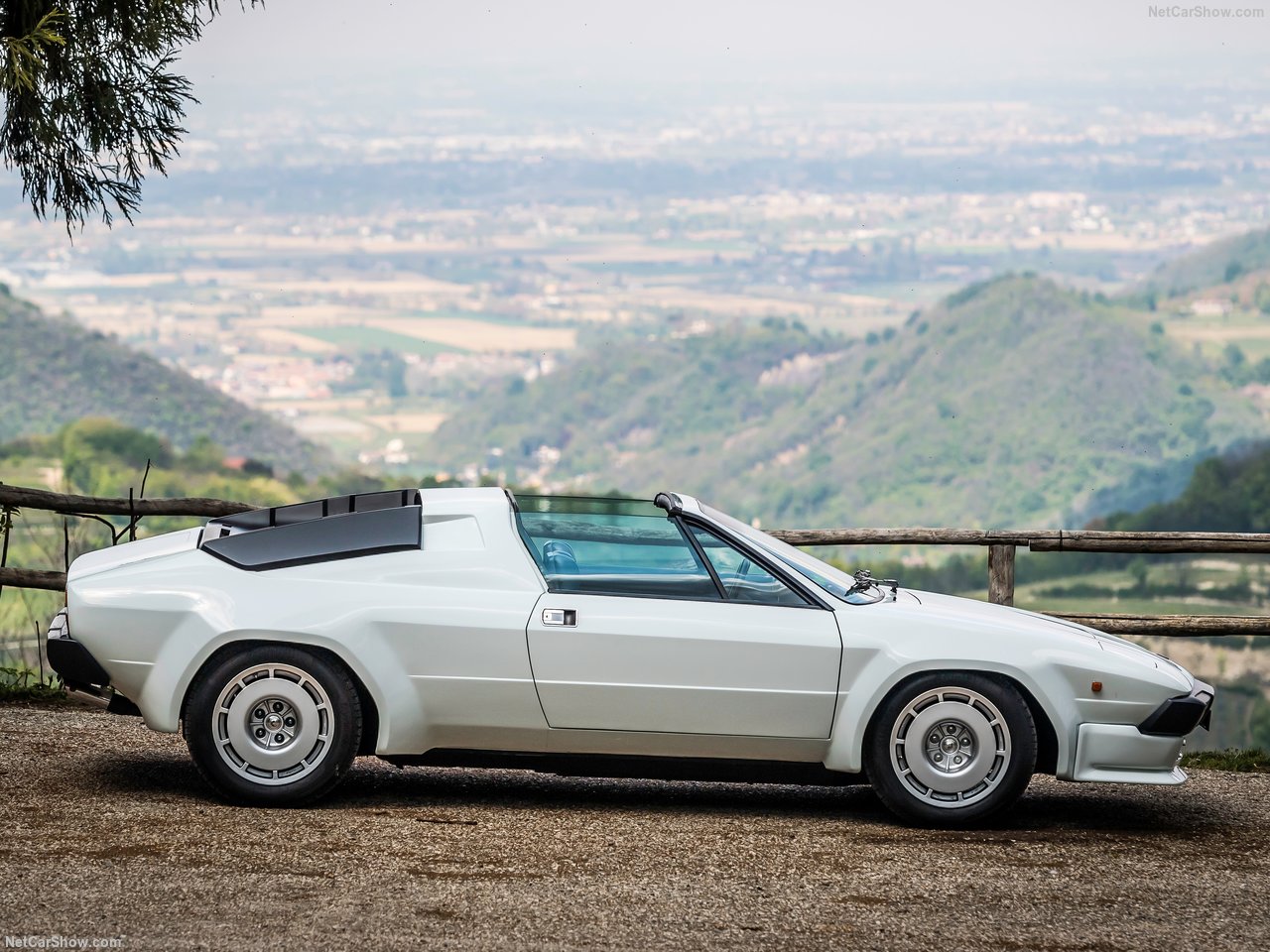Building a truly remarkable supercar isn’t solely about raw statistics. Of course, we love seeing high horsepower figures and blistering 0-60 mph times, but in today’s automotive world, performance specs alone are just numbers on a page.
A truly exceptional supercar isn’t just a mathematical equation. If you want to turn heads and generate excitement, you need something special something worthy of making headlines.
We want to hear about a car shattering production lap records, like the Venom F5 completing a lap at the 3.41-mile COTA track in just 2:10.90.
Or perhaps it boasts groundbreaking technology, such as when the Jaguar XJR-15 became one of the first Kevlar-composite supercars to hit the roads.
Even when a manufacturer does everything right, there’s no guarantee of success. Supercars cater to a niche audience, and even the most thrilling models might not be sustainable for long-term production.
Various factors, from costs to changing regulations, can lead to their downfall. Here are ten of our favorite supercar failures.
1. Noble M600: Too Extreme for Its Own Good
Noble has built a reputation for crafting ultra-lightweight, high-powered machines, and the M600 was the pinnacle of the British automaker’s expertise.
Its body was made from a combination of lightweight stainless steel and carbon fiber, housing a Yamaha-built twin-turbocharged V8 the same engine found in the Volvo XC90.
However, while the Volvo prioritized safety, the Noble M600 took a vastly different approach.
It featured traction control, but that was about it no ABS, no stability control, nothing. Now, imagine what locking up the brakes at 215 mph would feel like.
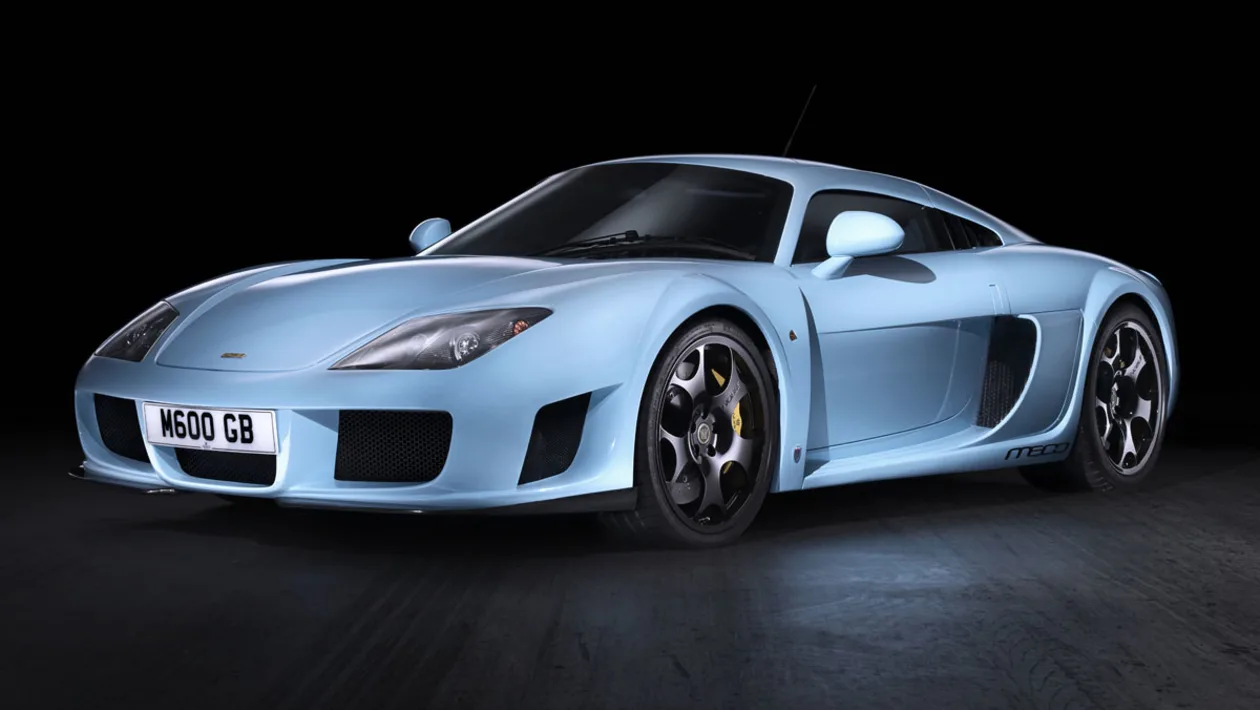
This decision was deliberate. The M600 was designed for purists, catering to those who wanted an unfiltered, raw driving experience.
However, its unforgiving nature made it difficult for non-professional drivers to handle, further limiting its appeal in an already-exclusive market.
Ultimately, Noble produced only around thirty hand-built units before discontinuing the M600.
In 2022, it was replaced by the Noble M500, a “junior supercar” that dialed things back to a more manageable yet still potent 542 horsepower.
Also Read: 10 Common Problems Hyundai Owners Face Due to Neglect
2. BMW M1: A Failure That Launched a Legacy
Sometimes, a brilliant concept arrives at the wrong moment, and that was certainly the case with the BMW M1. As the brand’s first entirely in-house-developed car, the M1 was meant to be a statement piece.
It featured unassisted rack-and-pinion steering, mechanical fuel injection, Bilstein shocks, and even a touch of luxury with air conditioning and a stereo system offering a uniquely BMW take on a supercar in 1978.
In many ways, it was one of the first supercars designed with daily usability in mind.
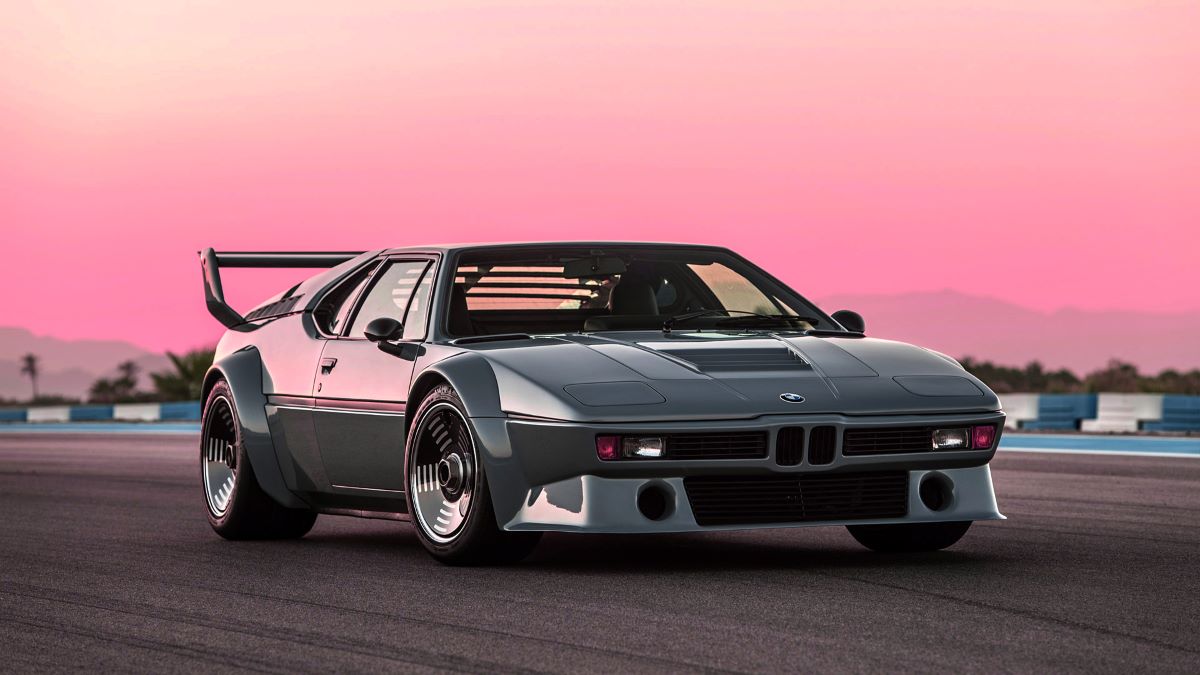
The M1 struggled to find success in motorsports, as its high production costs and evolving racing regulations made it difficult to compete.
BMW ultimately pulled the plug after manufacturing just 430 units. By 1980, the brand’s motorsport division faced a 75% budget cut, and consumer interest in exotic cars was waning. Instead, BMW shifted its focus back to what it did best family sedans.
However, the M1’s influence didn’t end there. After the project was shelved, BMW repurposed its M88 straight-six engine for the E28 5 Series, leading to the birth of the first M5 and with it, the legendary BMW M division.
Also Read: BMW M3 Goes Electric and Begins Testing on Icy Terrain
3. Jaguar XJ220: The Right Car at the Wrong Time
The Jaguar XJ220 began as a concept car featuring a 6.2-liter V12, but by the time it reached production in the early 1990s, it had swapped that for a twin-turbocharged V6 sourced from an MG Metro.
While 282 units might seem respectable for a low-volume supercar, Jaguar initially received 1,500 deposits meaning more than a thousand hopeful buyers ultimately canceled their orders and took a financial hit.
So, what went wrong? Two major factors played a role. First, Jaguar made big promises but ultimately fell short of expectations.
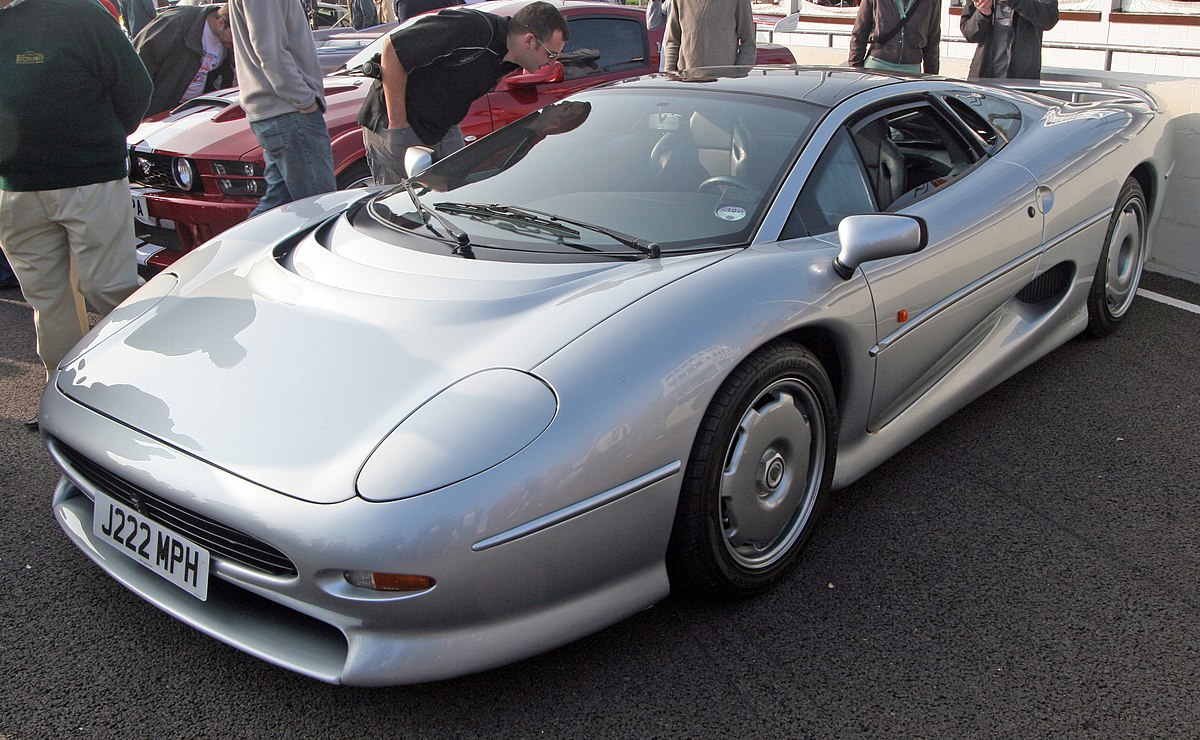
Second, the car’s launch coincided with a global recession, which dampened enthusiasm for ultra-expensive vehicles.
To be fair, the V6 actually outperformed the original V12 in terms of power, offering some consolation. However, the real deal-breaker was the soaring price.
Initially advertised at $348,855, the cost climbed to $565,386 by the end of production more than double the price of a Ferrari Testarossa. Adjusted for inflation, that would amount to roughly a million dollars in today’s market.
4. Bugatti EB110: Outshined and Poorly Timed
In 1994, Formula 1 legend Michael Schumacher purchased an EB110 specifically, the 603-horsepower Super Sport model.
However, after crashing the car, he blamed its underwhelming brakes, a PR disaster for Bugatti. But the real reason for the EB110’s downfall wasn’t bad press it was financial ruin.
Bugatti’s struggles were partly due to its then-owner, Romano Artioli, making a disastrous investment in Lotus Cars. On top of that, the company spent extravagantly on a massive worldwide launch.
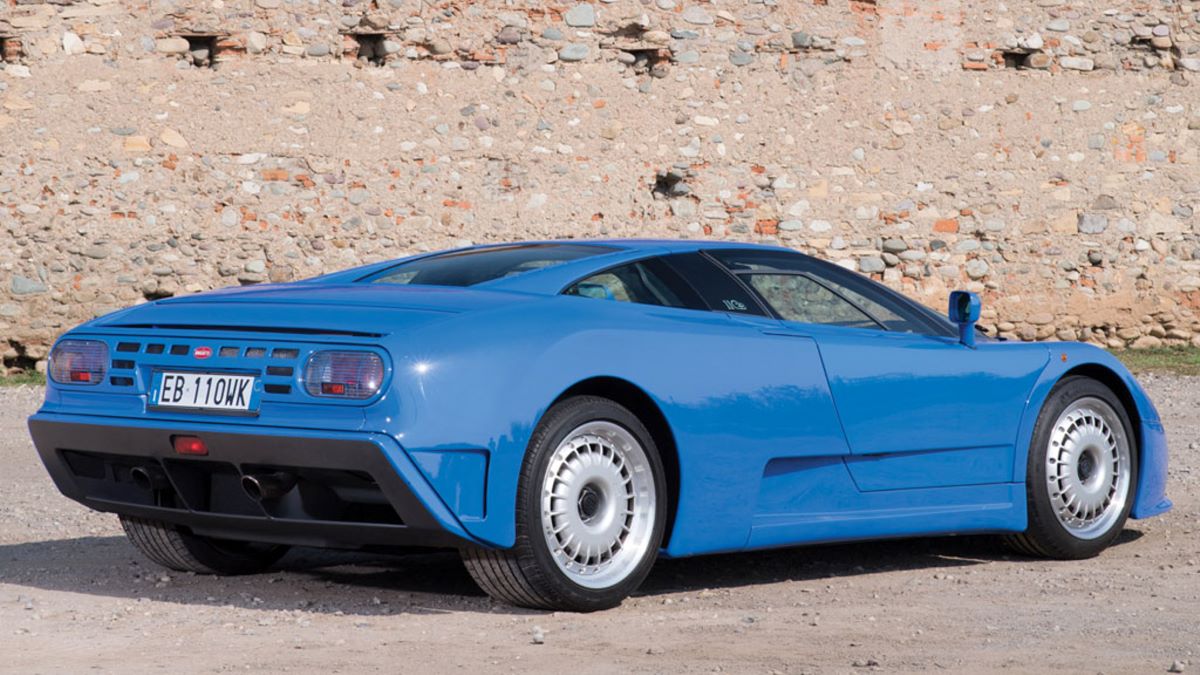
Meanwhile, McLaren simply went ahead and shattered records with the F1, stealing the spotlight from Bugatti’s creation.
Even with its financial missteps, Bugatti might have weathered the storm—if not for the same global recession that doomed the Jaguar XJ220.
5. Lexus LFA: A Masterpiece That Came at a Huge Loss
Lexus is known for its meticulous and exhaustive development process, which has produced legendary successes like the LS400 the car that put the brand on the map as well as intriguing missteps, like the Lexus LFA.
The LFA spent over a decade in development, with some reports suggesting that the project racked up an R&D bill in the neighborhood of $800 million. And that figure doesn’t even include production costs.
The final production run was capped at just 500 units, each with a starting price of $350,000. It doesn’t take a mathematician to see that those numbers simply don’t balance out.
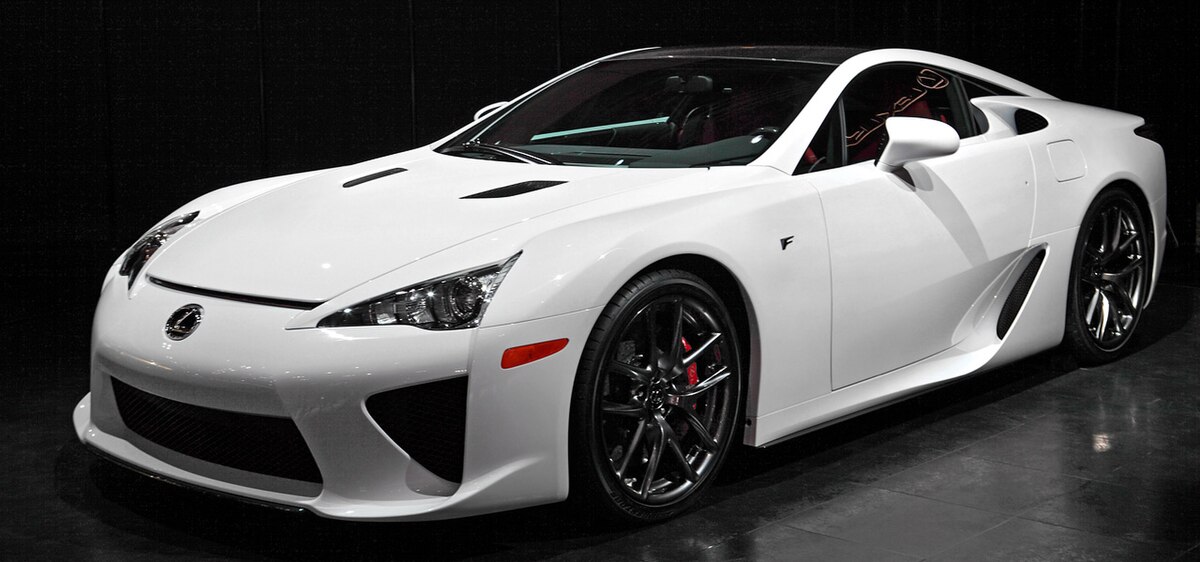
Even if the actual development cost was a third of the rumored amount, Lexus would have still taken a massive loss.
However, the company insists that the LFA laid the foundation for all of its future performance vehicles essentially making it an investment in innovation rather than a commercial success.
At launch, the LFA wasn’t fully appreciated, with sales starting off sluggish. But over time, its brilliance became undeniable. Today, its value has skyrocketed, with used models commanding prices well over a million dollars.
6. Ferrari F50: A Supercar Ahead of Its Time
When the Ferrari F50 debuted with a price tag of $475,000, it wasn’t exactly an instant hit.
Today, however, auction prices frequently range between $2 million and $4 million, making it one of the most sought-after Ferraris of its era.
In contrast to its predecessor, the F40, which saw 1,315 units produced, Ferrari built only 349 F50s between 1995 and 1997. Despite its exclusivity, the F50 was often overshadowed by the F40’s legacy.
It was nearly half a second slower in the quarter-mile, and many Ferrari enthusiasts at the time found its design unappealing.
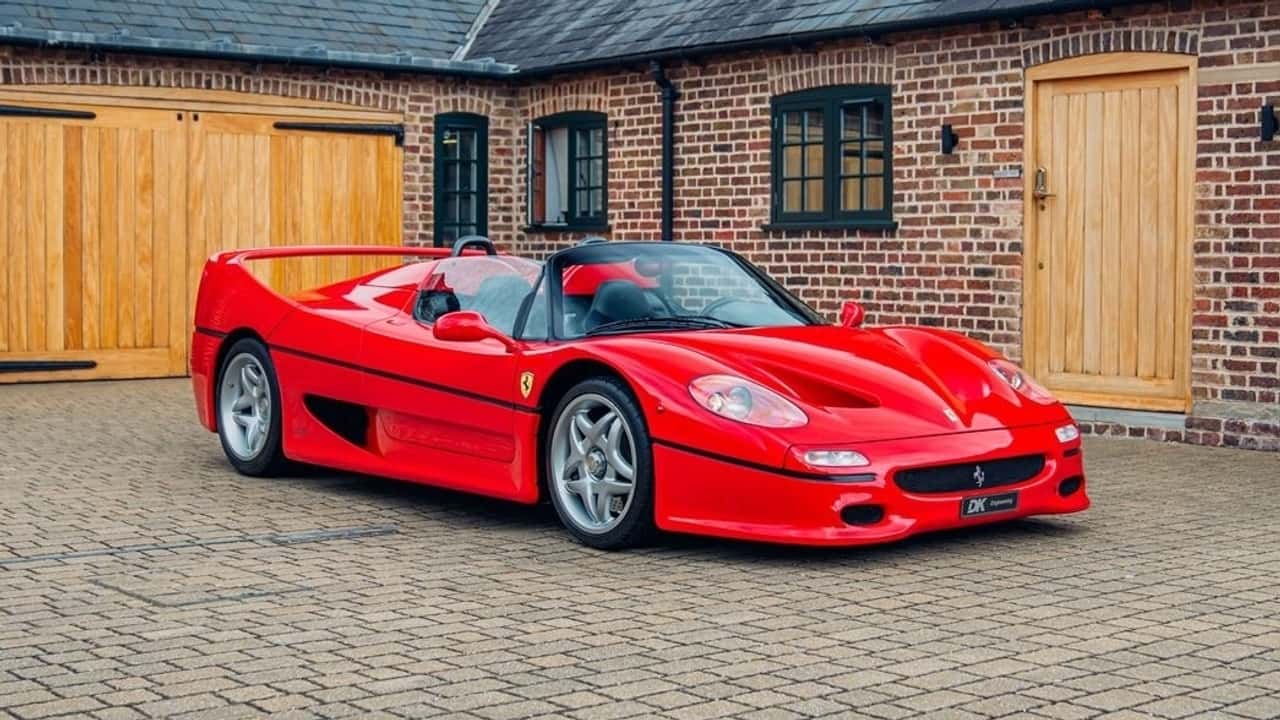
As a result, it was unfairly viewed as a step backward, simply because it didn’t appear superior to the F40 on paper.
However, those lucky enough to have driven the F50 rave about its performance and driving experience.
Over the years, the automotive world has reassessed its value, and today, it is widely regarded as the masterpiece it always was now with a price tag that could buy you a beachfront home in South Carolina.
7. Cizeta V16T: A 16-Cylinder Beast That Never Took Off
The Cizeta V16T was initially introduced as the Cizeta-Moroder. And yes, that Moroder Giorgio Moroder, the legendary composer behind the soundtracks for Scarface, The NeverEnding Story, and American Gigolo.
Although his involvement in the final version was minimal, the car’s design clearly reflects his futuristic, high-tech vision.
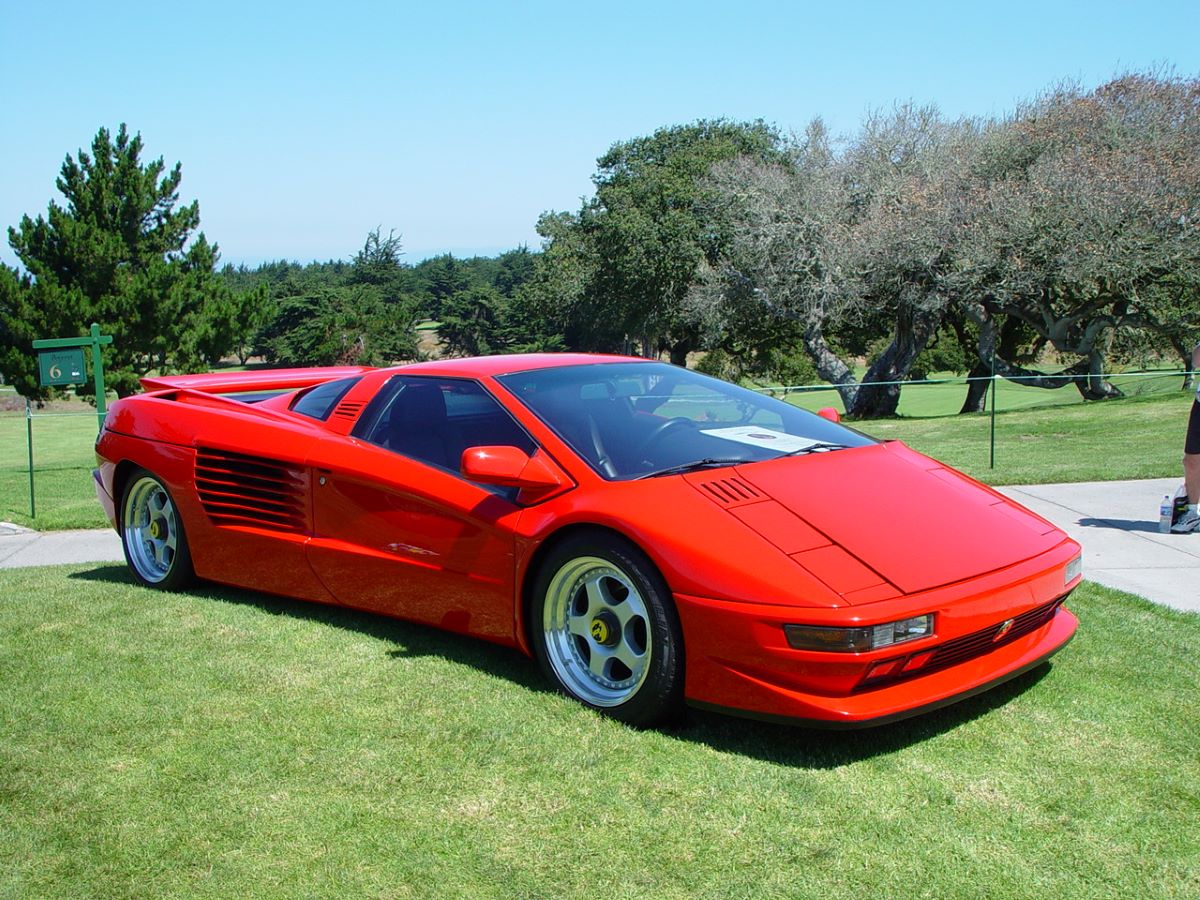
What truly sets the V16T apart is its massive V16 engine one of the few production cars ever to feature such a powerhouse. While the concept seemed destined for history, Bugatti is now bringing the V16 engine back to life.
8. Gumpert Apollo: A Road-Legal Race Car That Was Too Much to Handle
The Gumpert Apollo was designed to be the ultimate fusion of track performance and street legality, aiming to usher in a new era of high-performance road cars.
But if it was such a game-changer, why didn’t this 800-horsepower monster revolutionize the industry? The answer is simple what people think they want and what actually works in the real world are two very different things.
While the idea of driving a purebred race car on the streets sounds exciting, the reality was far less practical.
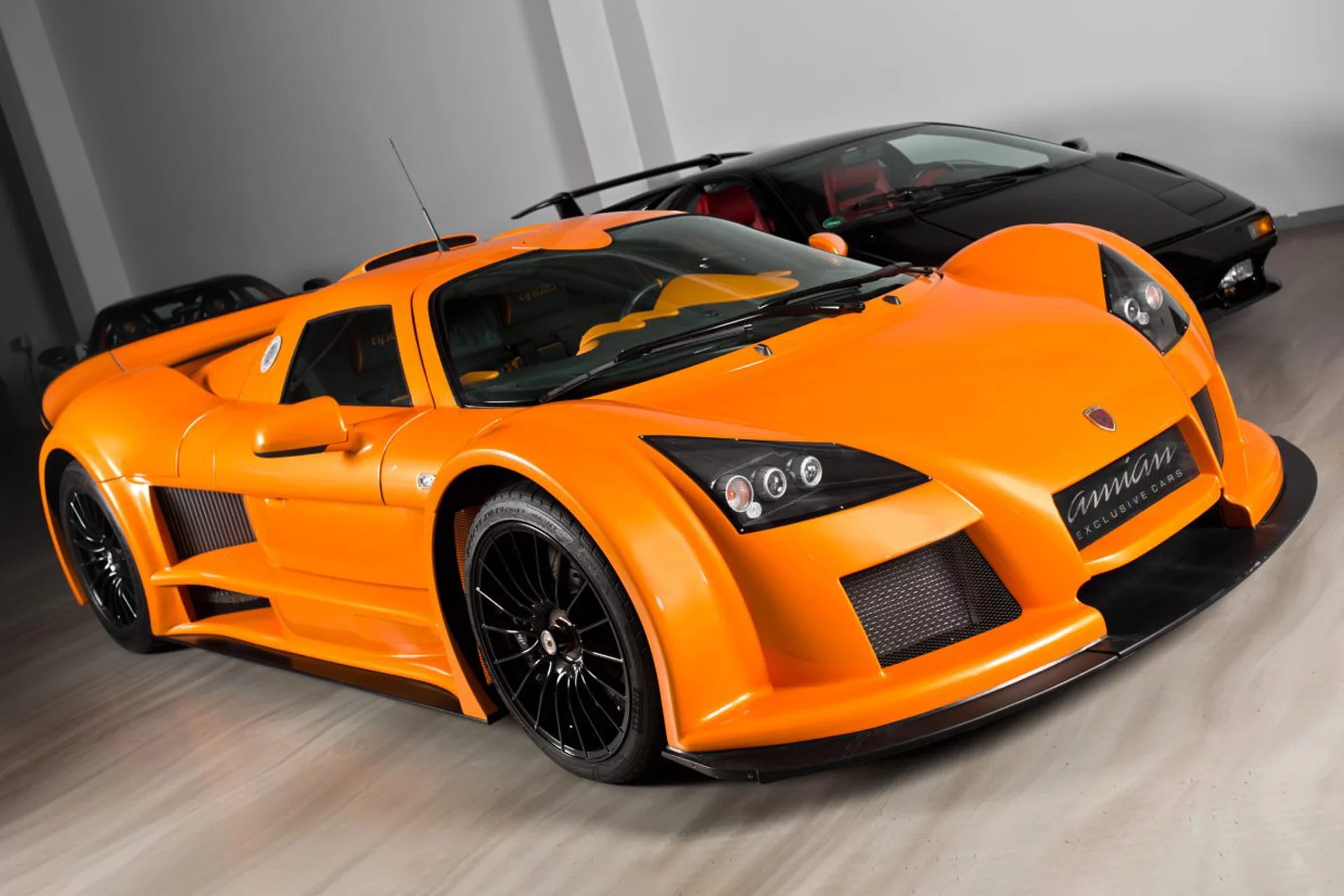
The Apollo’s interior was cramped to the extreme, its handling was brutally unforgiving, and it lacked the electronic safety systems that could make such a wild machine manageable for regular drivers.
Gumpert tried to do too much with the Apollo, but instead of excelling in one particular area, it ended up falling short across the board.
Ultimately, Gumpert declared bankruptcy in 2013, and production of the Apollo ended with just 150 units built. A bold experiment, but one that couldn’t quite find its place in the supercar world.
9. Lamborghini Jalpa: Not Quite Lamborghini Enough
Selling 420 units might not seem terrible for a niche Lamborghini model until you realize that production lasted from 1981 to 1988.
The Jalpa had its merits, offering a unique take on the Lamborghini formula, but for hardcore fans of the brand, it just didn’t hit the mark.
Its unconventional styling, lackluster performance specs, and focus on grand touring rather than raw racetrack aggression alienated Lamborghini’s core audience.
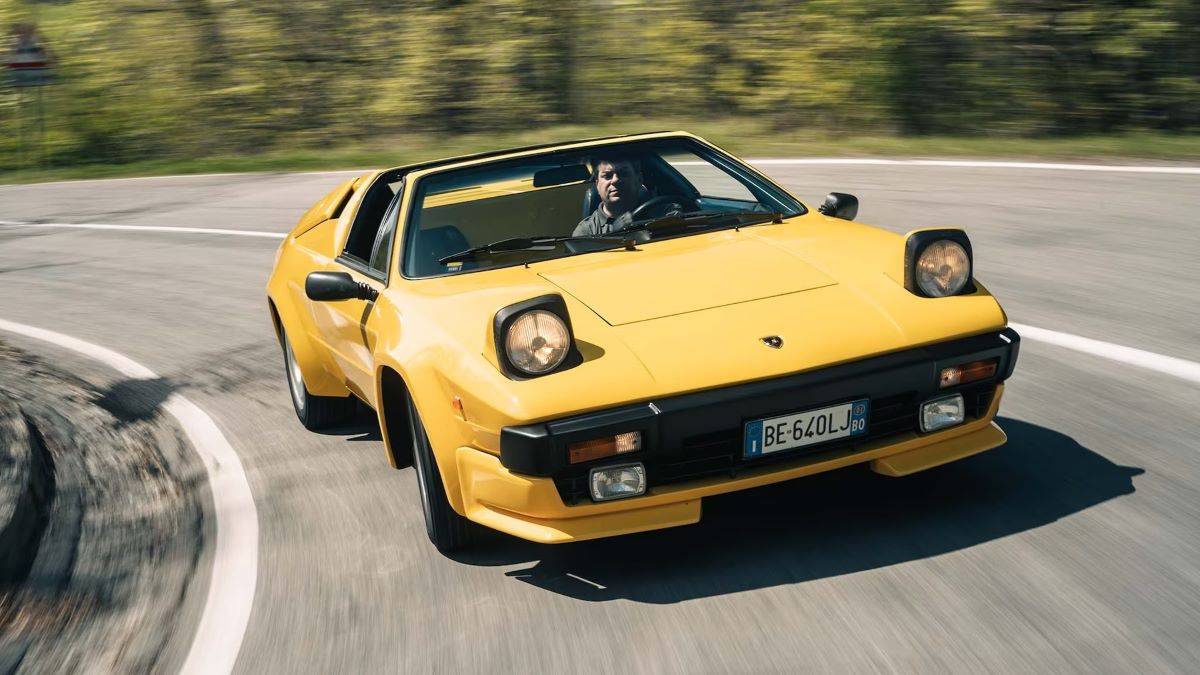
The Jalpa wasn’t doomed by financial mismanagement, mechanical failures, or company-wide crises. It simply didn’t appeal to the kind of buyer willing to drop $89,900 on a two-door coupe in the mid-1980s.
By then, Lamborghini had built a reputation for creating outlandish, high-performance exotics that screamed wealth and excess. The last thing its audience wanted was a Lamborghini that prioritized practicality.
Ironically, two decades later, Lamborghini found salvation by doing exactly that. The launch of the Gallardo a more user-friendly supercar ended up being a turning point for the brand, proving that accessibility could work when done the right way.
10. TVR Sagaris: Too Wild for the Mainstream
With only 211 units produced between 2005 and 2006, the TVR Sagaris still managed to carve out a dedicated fan base. Even Top Gear’s Jeremy Clarkson went so far as to call it “the best TVR ever made.”
The car was built as a response to Chief Engineer Daniel Boardman’s dissatisfaction with TVR’s long-standing quality issues.
The Sagaris was supposed to be the company’s redemption proof that TVR could build something truly exceptional.
Unfortunately, that wasn’t enough to turn things around. The Sagaris suffered from the same quality-control problems as its predecessors, making it a tough sell.
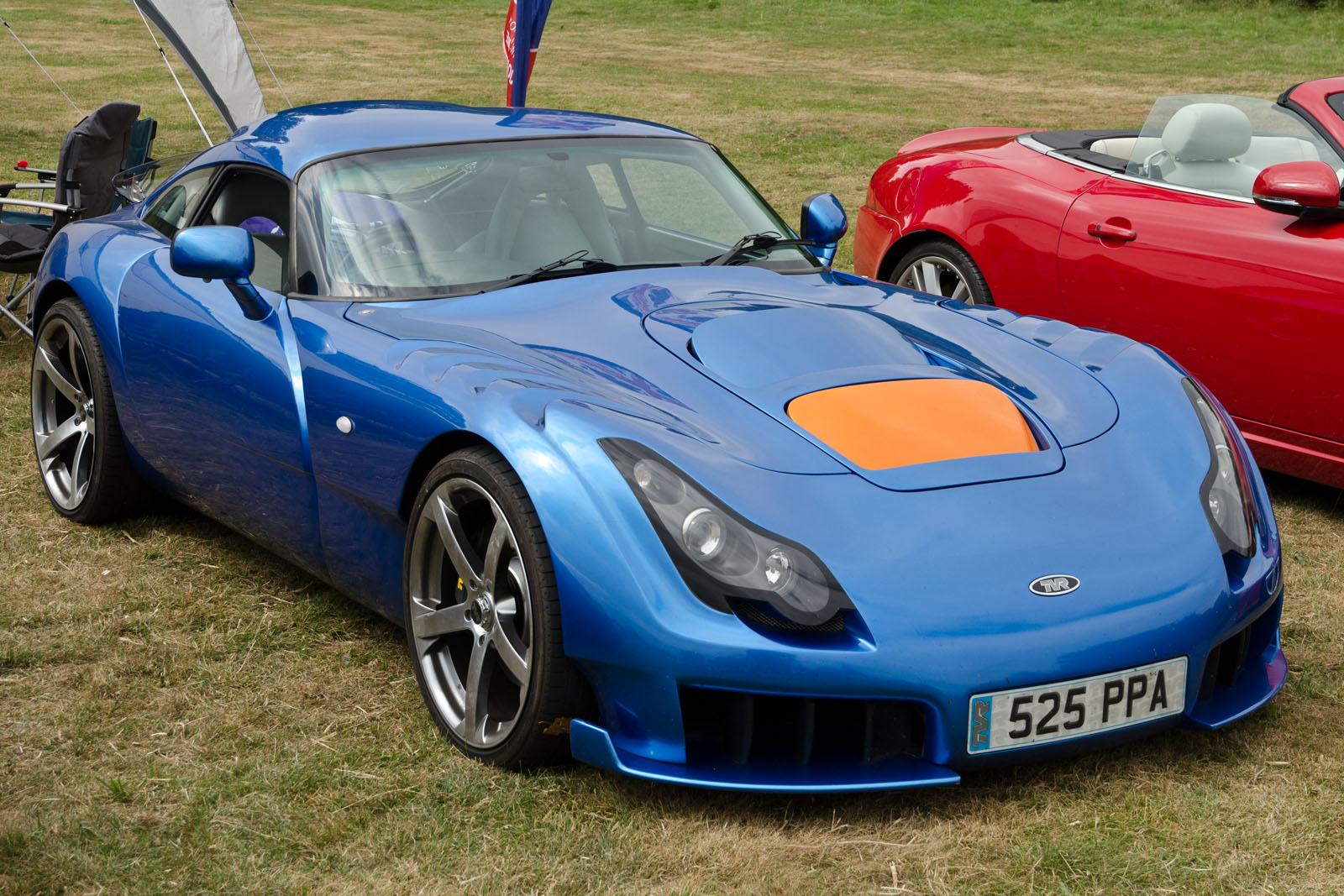
Even worse, its competitors like the E46 BMW M3, Lotus Exige, and Porsche Boxster/Cayman all came equipped with basic safety features like ABS and airbags. TVR, strapped for cash, simply didn’t have the budget to include such luxuries.
The result? A car that was thrilling to drive but also dangerously unpredictable. Unlike its rivals, which offered a balance of performance and security, the Sagaris was an unforgiving machine. When it bit, it bit hard.
TVR has struggled financially since its founding in 1946, and by 2006, the company once again filed for bankruptcy. This wasn’t its first collapse, and as of today, the brand still technically exists but it hasn’t produced a new car in nearly two decades.

